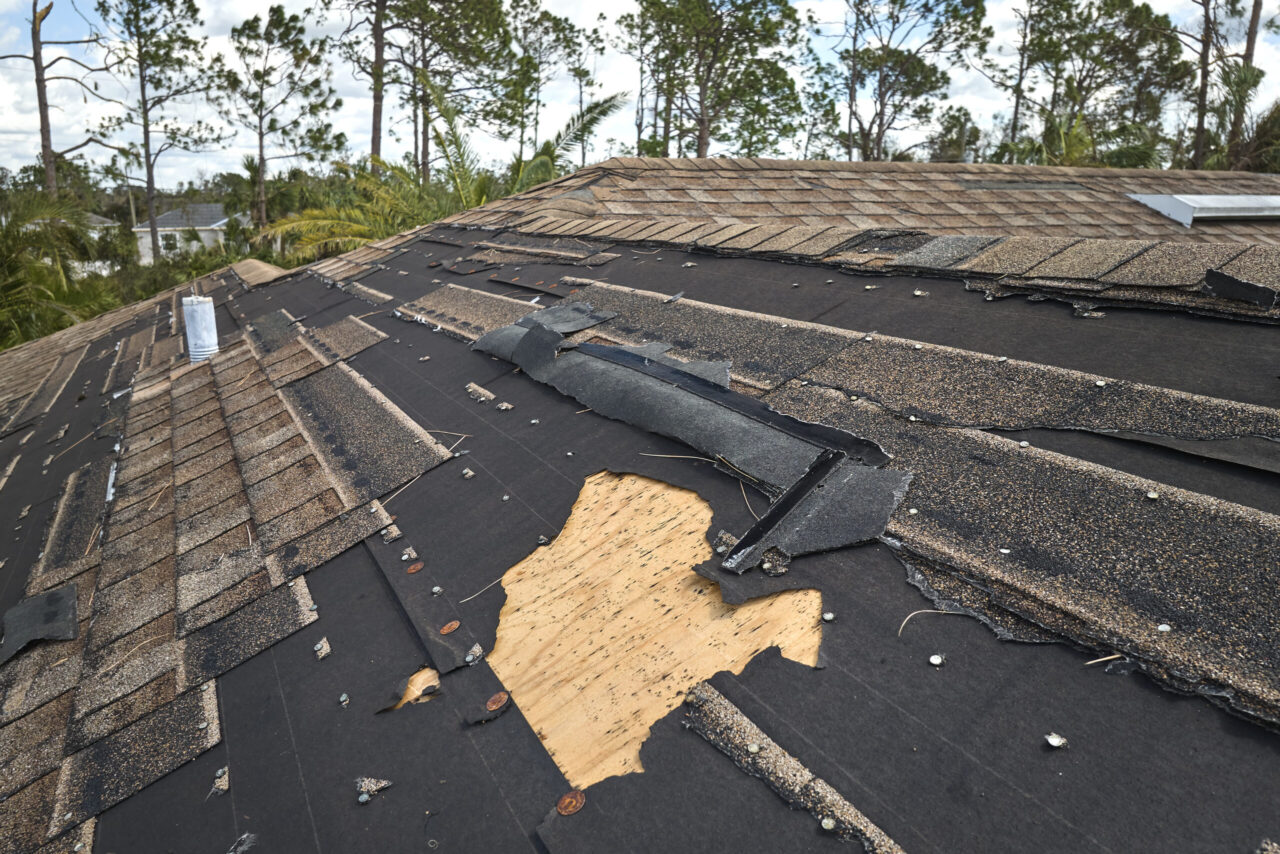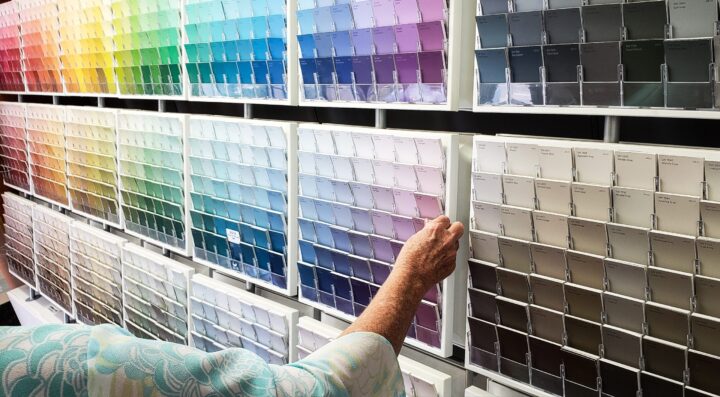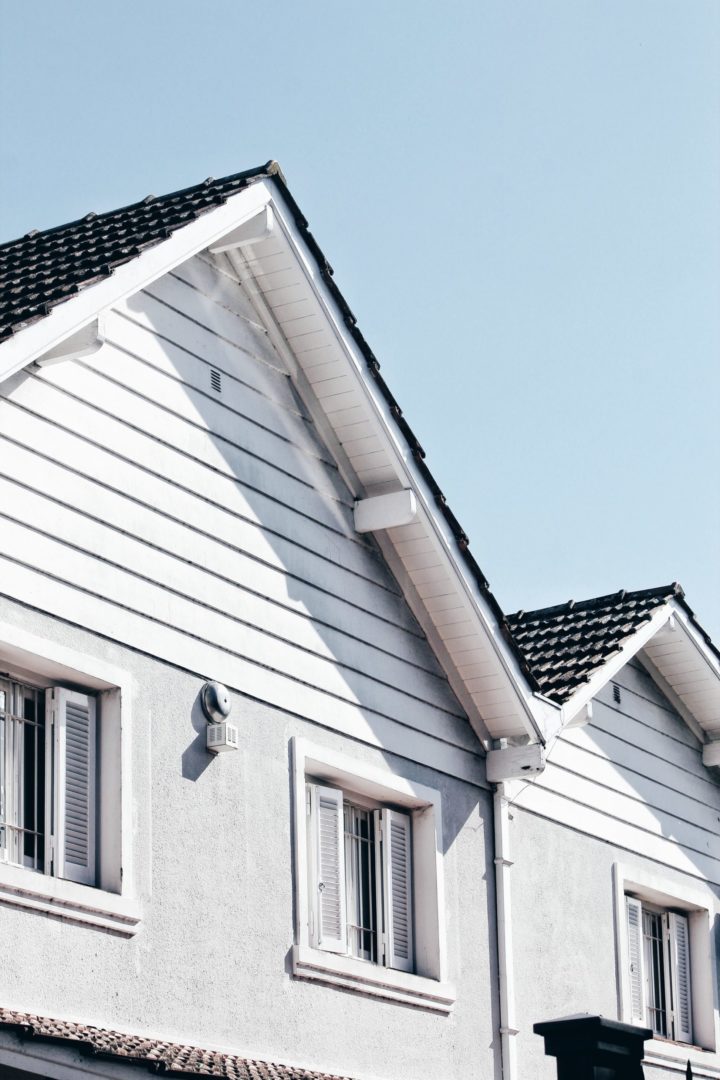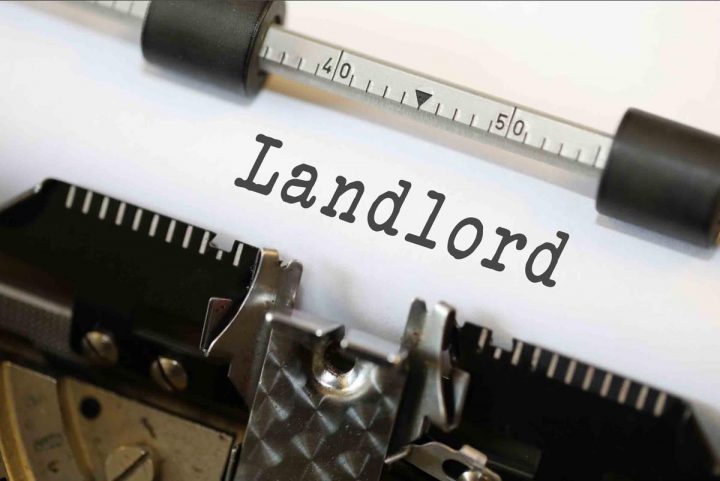Roof replacement is a useful home improvement project that can protect your home from the elements and increase its value. However, the cost of replacing a roof can be daunting, particularly if you are inexperienced in this area. In this article, we discuss various aspects of roof replacement costs, including factors that influence it, the differences between various materials, and ways to save on expenses. Keep reading to gain valuable insights and make well-informed decisions regarding your roof replacement project.
Factors Influencing Roof Replacement Costs

Before diving into the intricacies of roof replacement costs, it is crucial to understand that the overall expense depends on several factors, including the size and shape of your roof, the materials you choose, labor costs, and your location. Size is arguably the most significant aspect influencing the cost, as a larger roof requires more materials and labor. The complexity of your roof’s design – such as the presence of multiple layers, slopes, or unusual features – can also affect the price.
Labor costs can also greatly influence the total cost of your roof replacement, depending on the contractor you hire and the size of the project. In some regions, labor costs might be higher due to local labor laws and regulations. However, it is worth noting that in places like roof replacement cost Florida, labor expenses are relatively affordable, leading to competitive replacement costs. Material choice plays a key role in determining the cost, as higher quality or more expensive materials will inevitably drive up the total expense.
Keep in mind that more expensive materials might save you money over time, as they often last longer and provide enhanced durability. To help you find the best balance between affordability and quality, consider researching which materials perform best in your region’s climate and other environmental factors.
Different Roofing Materials and Their Costs
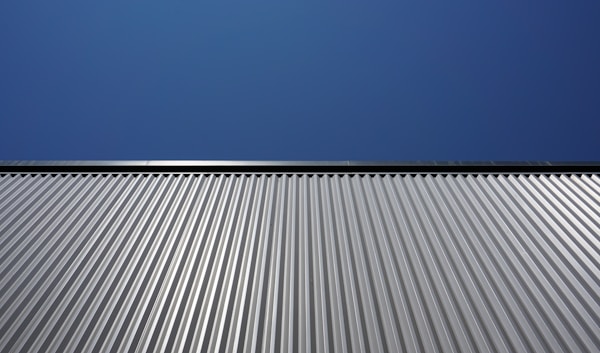
There is a wide range of roofing materials available, each with different costs and advantages. Asphalt shingles are the most common roofing material in the United States, primarily due to their affordability and ease of installation. These shingles can last approximately 15 to 30 years and are relatively low-maintenance. However, their durability is generally not as high as that of other roofing materials.
Wood shingles and shakes are a more expensive option but offer natural insulation and energy efficiency, as well as an aesthetically appealing look. While more costly up-front, these materials can last between 25 to 40 years if well-maintained. Metal roofing is yet another option, boasting impressive durability and longevity, typically lasting 40 years or more. Although metal roofing can be relatively expensive, the investment may pay off due to minimal maintenance and replacement requirements.
Clay and concrete tiles are highly resistant to the elements and can last anywhere from 30 to 50 years, but they also come with a higher price tag. This roofing material adds a unique appearance to your home, and they are especially popular in regions prone to wildfires due to their fire-resistant properties. Regardless of the material you choose, you need to research costs and potential lifespans before making a decision best suited to your budget and home’s appearance.
Maintaining Your New Roof to Maximize Its Lifespan
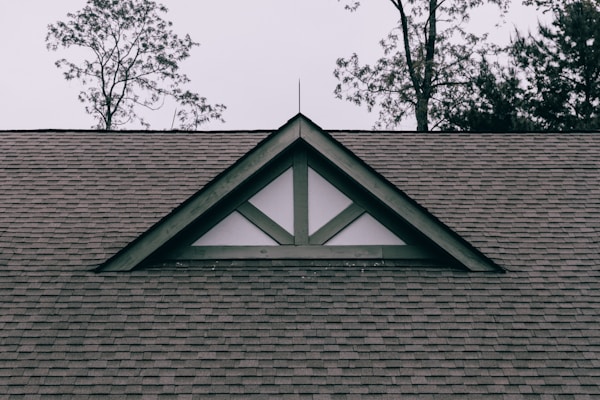
Once your new roof is in place, it is essential to prioritize regular maintenance and inspections to maximize its lifespan and potentially save you money in the long run. Scheduling periodic inspections with professional roofers can identify and address minor issues before they escalate into more substantial problems requiring costly repairs or even occasionally premature roof replacement.
Homeowners should also take steps to maintain their roofs by regularly clearing gutters, trimming overhanging tree branches, and checking for signs of damage or wear. Proper attic ventilation and insulation can prevent issues like ice dams and moisture build-up, subsequently enhancing your roof’s longevity. Investing in your roof’s maintenance and care can ultimately prove cost-effective, helping you avoid potential issues down the line.
As you can see, understanding the various factors that influence roof replacement costs and actively researching materials and contractors can enable you to make informed decisions that best suit your budget and home’s needs. By considering the long-term value and investing in regular maintenance, you can ensure that your roof replacement project is a smart and worthwhile investment that protects both your home and wallet.

